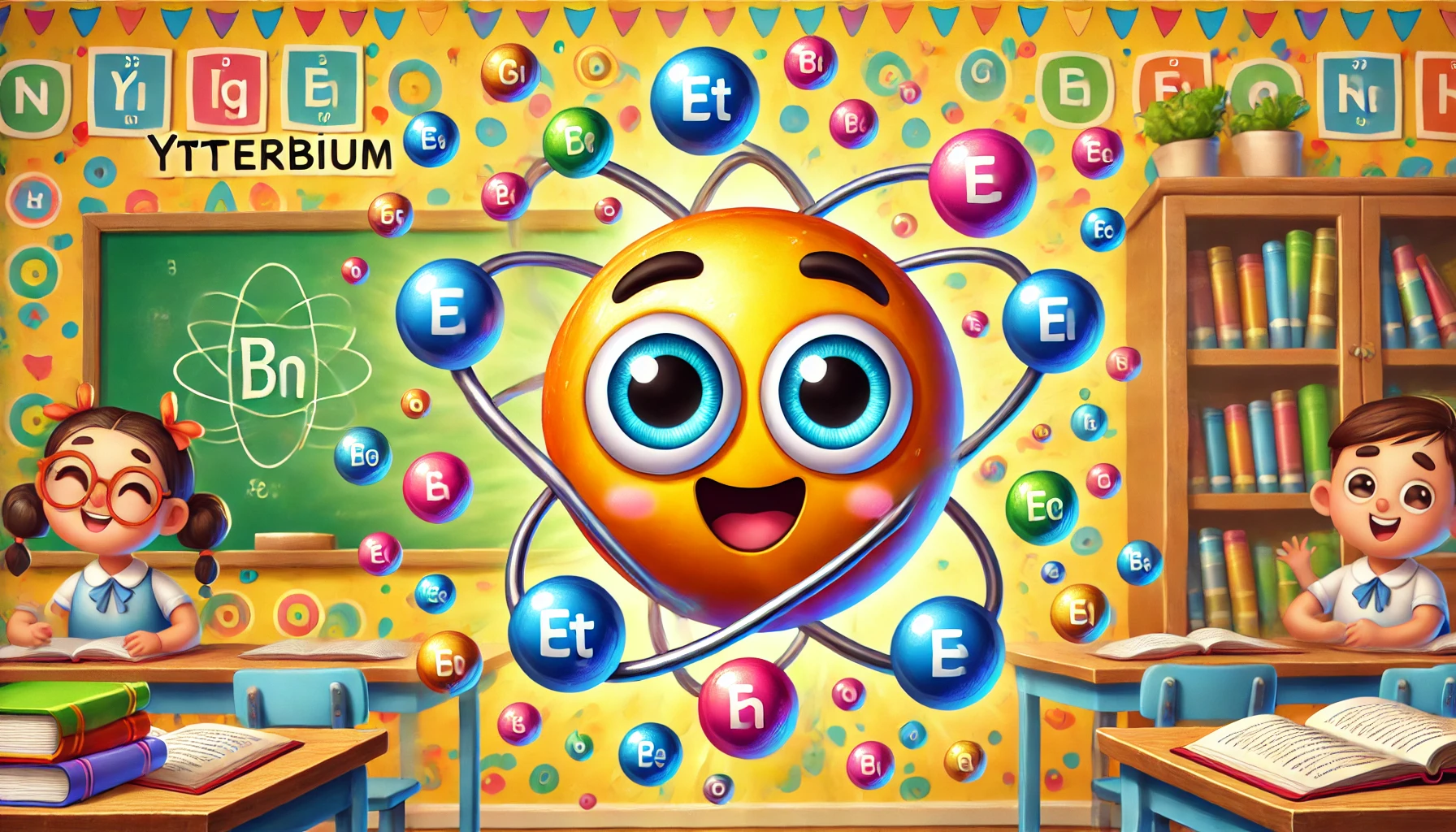Understanding Ytterbium: Properties, Uses, Health Risks, and Fascinating Facts
Understanding Ytterbium: Properties, Uses, Health Risks, and Fascinating Facts
Table of Contents
- Introduction to Ytterbium
- Properties of Ytterbium
- Uses of Ytterbium
- Health Risks of Ytterbium Exposure
- Interesting Facts about Ytterbium
- Environmental Impact of Ytterbium
- Conclusion
- References
Understanding Ytterbium: Properties, Uses, Health Risks, and Fascinating Facts
Introduction to Ytterbium Ytterbium is a chemical element with the symbol Yb and atomic number 70. It is a rare earth element that belongs to the lanthanide series. Known for its unique properties and various industrial applications, ytterbium plays a significant role in modern technology. This article explores the properties, uses, health risks, and interesting facts associated with ytterbium, providing a comprehensive understanding of this valuable element.
Properties of Ytterbium Ytterbium is characterized by several distinct physical and chemical properties.
Physical Properties
- Appearance: Ytterbium is a silvery-white, soft, and malleable metal.
- Density: The density of ytterbium is 6.90 g/cm³.
- Melting Point: Ytterbium melts at 824°C (1,515°F).
- Boiling Point: The boiling point of ytterbium is 1,196°C (2,185°F).
Chemical Properties
- Reactivity: Ytterbium is relatively stable in air, forming a protective oxide layer. It reacts slowly with water and dissolves in acids.
- Magnetic Properties: Ytterbium exhibits paramagnetic properties at room temperature.
- Compounds: Ytterbium forms various compounds, including ytterbium oxide (Yb₂O₃), ytterbium chloride (YbCl₃), and ytterbium nitrate (Yb(NO₃)₃).
Uses of Ytterbium Ytterbium has several applications across different industries due to its unique properties.
Electronics and Optics
- Fiber Optic Technology: Ytterbium is used in fiber optic amplifiers and lasers, which enhance the performance of optical communication systems.
- Solid-State Lasers: Ytterbium-doped lasers are used in various applications, including materials processing, medical procedures, and scientific research.
Metallurgy
- Alloying Agent: Ytterbium is used as an alloying agent to improve the strength and workability of stainless steel and other alloys.
Medical Applications
- Radiography: Radioactive isotopes of ytterbium, such as ytterbium-169, are used in portable X-ray machines and in certain medical treatments.
Research and Development
- Spectroscopy: Ytterbium compounds are used in spectroscopic applications to study the properties of materials and rare earth elements.
Health Risks of Ytterbium Exposure Ytterbium is generally considered to have low toxicity, but there are some health risks associated with exposure to ytterbium compounds and dust.
Inhalation and Ingestion
- Respiratory Irritation: Inhalation of ytterbium dust can cause respiratory irritation, coughing, and shortness of breath.
- Gastrointestinal Issues: Ingestion of ytterbium compounds can cause gastrointestinal irritation, including nausea and vomiting.
Skin and Eye Contact
- Skin Irritation: Direct contact with ytterbium compounds can cause skin irritation and dermatitis.
- Eye Irritation: Exposure to ytterbium dust or solutions can cause eye irritation and potential damage.
Interesting Facts about Ytterbium Ytterbium has several intriguing aspects that make it an interesting element.
Discovery
- Discovered in 1878: Ytterbium was discovered by Swiss chemist Jean Charles Galissard de Marignac in 1878. It was named after the village of Ytterby in Sweden, where the mineral from which it was isolated was found.
Unique Properties
- Cryogenic Applications: Ytterbium is used in certain cryogenic applications due to its specific heat properties at low temperatures.
- Quantum Computing: Ytterbium ions are being researched for use in quantum computing as qubits, which are the basic units of quantum information.
Isotopes
- Stable Isotopes: Ytterbium has seven naturally occurring stable isotopes, with ytterbium-174 being the most abundant.
- Radioactive Isotopes: Ytterbium-169 is a radioactive isotope used in various scientific and medical applications.
Environmental Impact of Ytterbium Ytterbium is not known to have significant environmental impacts, but its extraction and use should still be managed responsibly.
Natural Occurrence
- Abundance: Ytterbium is relatively scarce in the Earth’s crust and is typically found in minerals such as xenotime, monazite, and euxenite.
- Mining: Extraction of ytterbium from these minerals must be done with care to avoid environmental damage.
Industrial Waste
- Waste Management: Proper disposal of ytterbium-containing industrial waste is crucial to prevent environmental contamination.
Conclusion Understanding ytterbium, its properties, uses, health risks, and interesting facts provides valuable insight into this versatile element. While ytterbium is generally safe with low toxicity, appropriate safety measures should be taken when handling ytterbium compounds and dust. Its applications in electronics, metallurgy, medical imaging, and research highlight its importance in modern technology and industry.

<ⓒ WizardMedics (wizardmedics.com)>


